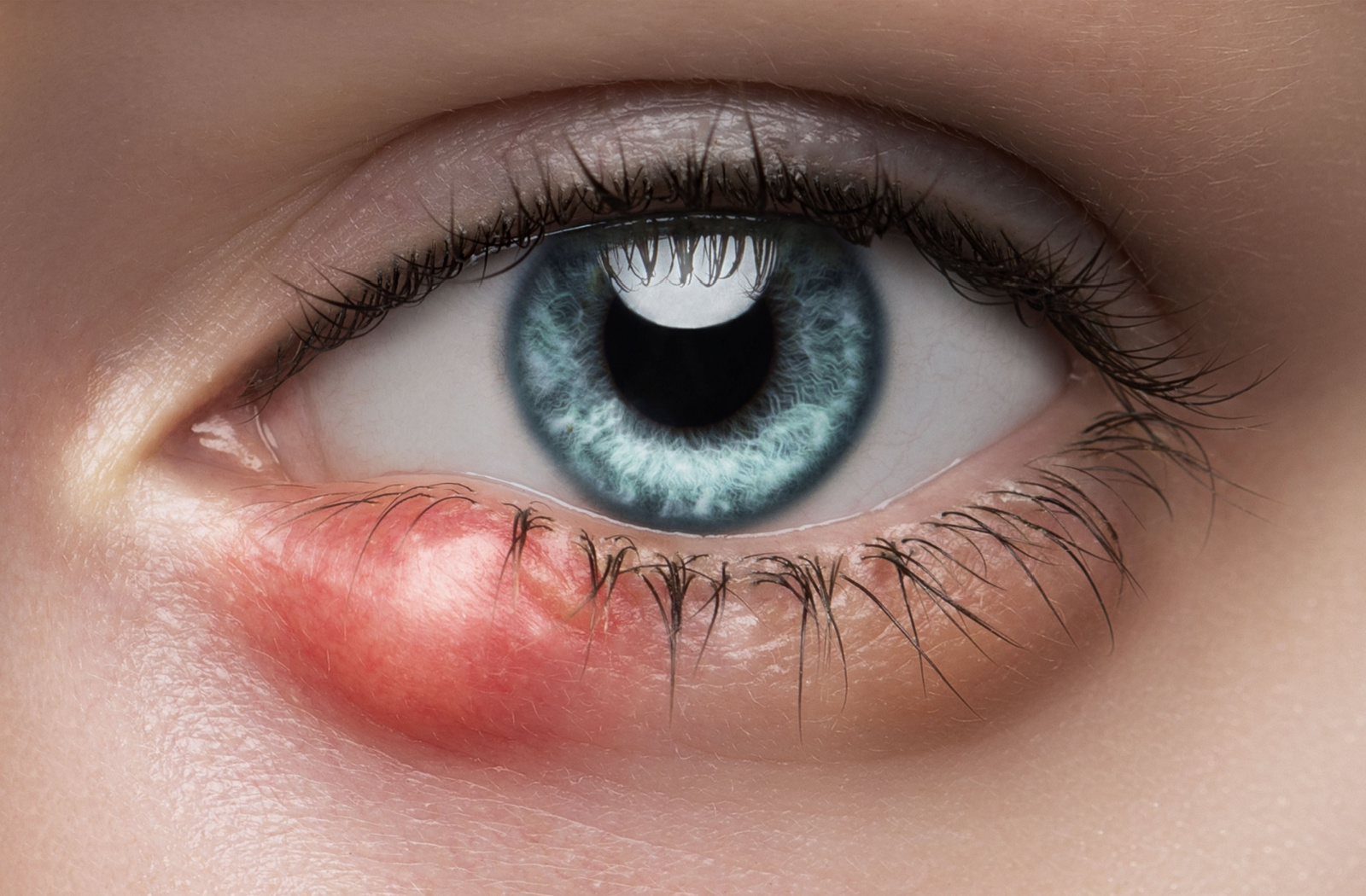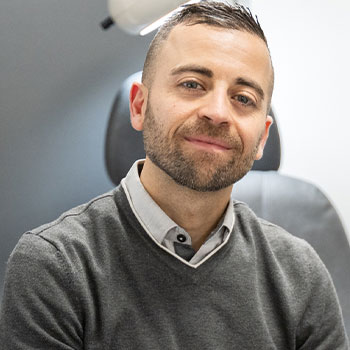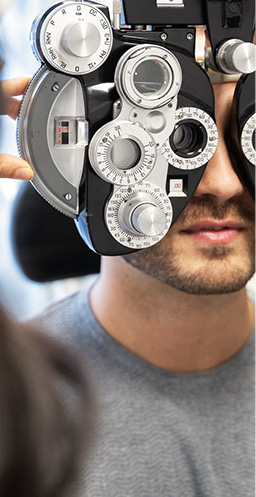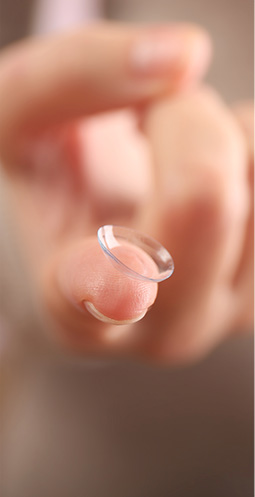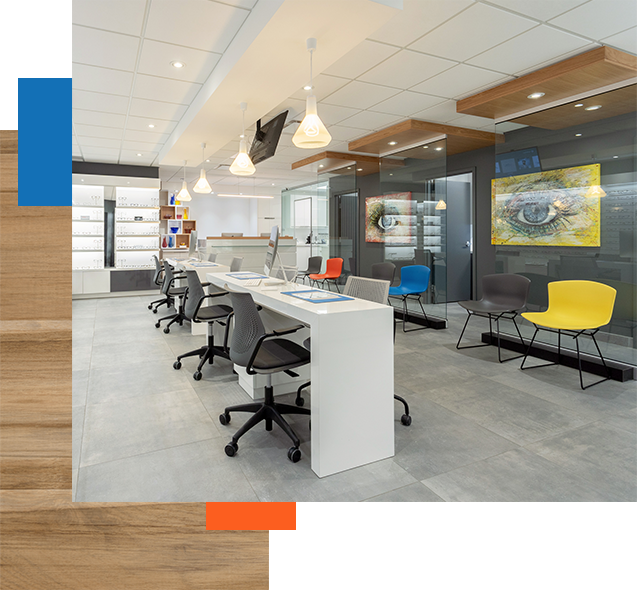When you are struggling with a painful and persistent stye on your eyelid and have not gained relief from over-the-counter remedies and home remedies, it’s time to take a look at advanced chalazion treatment options like Intense Regulated Pulsed Light (IRPL) / Intense Pulsed Light (IPL).
Internal Hordeolum (commonly known as Styes) are a common eyelid infection that causes eyelid tenderness, redness and swelling. When left untreated, a stye can turn into a chalazion, a bump on the eyelid that can become quite painful. Luckily, there are many treatments available that can help manage these infections.
It is important to have an eye professional take a look at your eyes to diagnose your symptoms and find a solution.
In this blog, we’ll be diving into the technicalities of the advanced chalazion treatment and recovery from a stye with IRPL/IPL, including post-stye daily lid hygiene and the hazards of fake eyelashes.
Blepharitis, MGD, Stye and Chalazion
To understand the causes of styes and chalazions, it is important to discuss common eye conditions such as blepharitis and meibomian gland dysfunction (MGD). Which can often lead to styes, chalazia (plural of chalazion) and chronic dry eyes.
Blepharitis
Blepharitis is a very common eyelid condition. It is caused by an overgrowth of bacteria around our eyelid margins and eyelashes. We have bacteria all over our body. It is normal and healthy to have bacteria on our skin. However, some people have an excess of this bacteria which may lead to microscopic flakes around the lashes, localized redness, inflammation of the eyelids, itchy and watery eyes. Sometimes a patient can have blepharitis and not even be aware of it.
Meibomian Gland Dysfunction (MGD)
The meibomian glands are small linear glands that are in the upper and lower eyelids. They are responsible for the oil layer that is in our tears and ultimately contributes to the stability of our tear film. MGD is when the meibomian glands are not working properly, usually as a result of them becoming clogged (the oils become thick and won’t easily leave the glands), aging, nutrition, eyelid hygiene and activities that reduce our blink rate. This can contribute to chronic dry eyes, blepharitis and styes/chalazia.
Stye
An internal hordeolum (more commonly known as a stye) is a bacterial infection of one or more of the meibomian glands in our eyelids. They typically occur on the upper or lower eyelids. This is usually an acute infection which means that the affected area can be painful, red, swollen and tender to the touch. Some styes will go away on their own but they may require antibiotic or antibiotic-steroid combination drops prescribed by your optometrist to treat them. A stye can also lead to a chalazion after the infection has healed. It is a good idea to use a commercially available warm compress mask daily during an active stye to help reduce the chance of it progressing to a chalazion once it heals.
Chalazion
Treatment Options for Chalazion
Warm Compresses
Typical first-line therapy for chalazia includes warm compresses using a commercially available mask such as a Bruder Mask. The advantage of a dedicated mask over a warm cloth is the sustained heat. You need sustained heat for about 8-10 minutes over the lesion. The idea is that the sustained heat may slowly soften the hard lump. It may also be beneficial to gently massage the lump for a few seconds after the mask is removed to help with drainage. This may take some time and may require several weeks of persistent treatment depending on the severity of the chalazion. In some cases, stubborn chalazia will not respond to simple at-home warm compresses and may require. In some cases, an antibiotic-steroid combination eye drop is prescribed.
Steroid Injections
Steroid injections directly into the injection using triamcinolone acetonide is another option for treating chalazia. However, this procedure is not without risks as potential side effects may include hypopigmentation (loss of pigment) on the skin, yellow or white deposits on the skin lesion, possible loss of fatty tissue and a higher risk of glaucoma.
Surgical Excision
Another option is to have the chalazion surgically removed. This process is known as incision and curettage. This is typically done if the chalazion is quite cosmetically noticeable and is not responding to more conservative treatments. A numbing injection is applied to the area. Then a clamp is tightened around the lesion and the eyelid is everted (flipped). A blade is then used to make a vertical cut into the chalazion from the inside. Finally, a tool called a curette is used to scoop the contents out. This is a more invasive treatment option and is not the typical first-line treatment. Potential negative side effects may be permanent damage to some of the meibomian glands where the incision is made, recurrence of the lesion a few months later and possible notching or damage to the eyelid margin.
IPL & IRPL
Traditional methods of treating chalazion involve warm compresses, antibiotics, or, in severe cases, surgical drainage. However, the emergence of technologies like IRPL & IPL has opened up new horizons for a quicker, safer and more efficient recovery.
Intense Pulsed Light Therapy (IPL) and Intense Regulated Pulsed Light Therapy (IRPL) are very safe and effective alternatives to more invasive surgical treatments.
IPL/IRPL are also commonly used as an advanced treatment of chronic dry eyes. It is this similar method of action that helps both in the treatment of dry eyes and chalazia.
How does it work ?
IPL & IRPL use high-energy calibrated pulses of light in a series of flashes around the eyes. Intense Pulsed Light has anti-inflammatory, antimicrobial and anti-metabolic properties. This results in making the cells it treats more active and stimulates the mitochondria, so the cells function and perform better. This addresses the inflammatory nature of chalazia – In simple terms, the light energy travels to the meibomian to soften the lesion, unclogging the gland and helping the affected meibomian glands function better. The treatment usually involves a series of 3 or typically 4 sessions for optimal results. Both eyes are treated as the risk of having future styes and chalazia is higher when a patient presents with one chalazion. Not only does the light energy help to treat the existing chalazia but will help prevent other chalazia from forming and improve the comfort of the eyes by reducing chronic dry eyes at the same time.
Our clinic has seen great success with both acute and chronic chalazia when treated with Intense Pulsed Light Therapy. Our patients appreciate the drug-free, injection-free and incision-free treatment options!
It is important to book follow-up appointments with your doctor to monitor your progress. After the treatment, there are several precautions you should take to lower the risk of future chalazia
Post-Stye
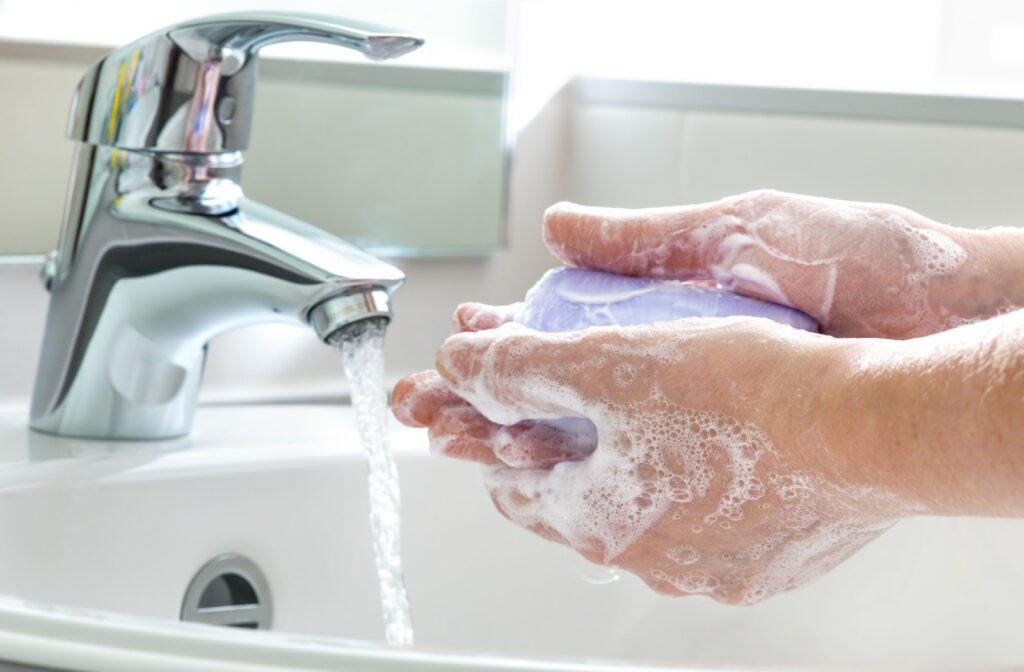
The Importance of Lid Hygiene for Maintenance
Once you have completed your chalazion treatment, there are a few things to keep in mind. It’s important to practice good hygiene by frequently washing your hands, avoiding touching your eyes, especially when you have dirty hands, and minimizing the use of eye makeup.
Additionally, it is very important to control any underlying blepharitis that may have been contributing to the formation of styes and chalazia – Your optometrist may recommend specific lid hygiene wipes to clean the eyelid margin and eyelashes. Additionally, hypochlorous spray (HOCL) is often recommended to be used on an ongoing basis to safely reduce the amount of bacteria around our eyes to help reduce recurrences of styes and chalazia.
Fake Eyelashes and Styes: Unraveling the Connection
The allure of long, voluminous lashes through the use of fake eyelashes is undeniable. However, individuals who frequently use them might find themselves more susceptible to infection. Here’s why:
- Blocked Pores: Fake eyelashes, when not applied or removed properly, can block the oil glands along the eyelid. This blockage creates an environment conducive to the development of styes.
- Hygiene Practices: The adhesive used in fake eyelashes can trap dirt and bacteria, leading to infections. Regular cleaning of both the eyelashes and the application tools is crucial in preventing styes.
- Quality of Products: Opting for high-quality, hypoallergenic fake eyelashes and adhesives can significantly reduce the risk of styes. It’s an investment not only in aesthetics but also in eye health. Some adhesives may be toxic to the delicate ocular surface and may cause irreversible damage to the delicate meibomian glands in our eyelids.
Chalazion can be brought on by improperly applied extensions and poor hygiene.
Eyelash extensions can represent a stye danger if they come into contact with hands, tools, or objects that are infected with bacteria. If false lashes are a must for you, reduce the risk and go for high-quality salon products known for good hygiene practices.
Choosing Stoney Creek Eye Care for Chalazion Treatment
If you are suffering from a painful and persistent stye or a persistent chalazion, don’t give up hope. Treatments like IRPL & IPL can help treat chalazion and promote healing. Schedule a consultation with Stoney Creek Eye Care. Book an appointment to discuss with your optometrist if IRPL/IPL is right for you.


